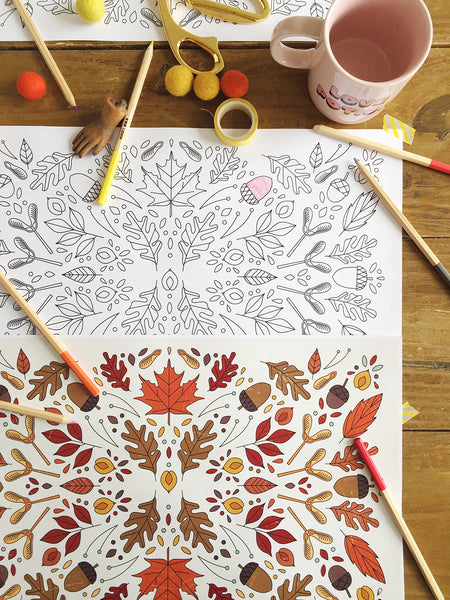The Basic Principles Of Top News Sites
The 5-Second Trick For Unique Art
Table of ContentsUnique Art for DummiesUnknown Facts About Unique ArtUnique Art Fundamentals ExplainedThe Only Guide to Unique ArtUnique Art for Dummies
While one could dispute which art type holds precedence, the truth stays that each of these 7 kinds offers a special window into human history, culture, and evolution. Unique Art. They are the tapestries that chronicle our trip, advising us of our past while motivating visions for the future
3 Emil DervishIn this entranceway by Emil Dervish that lovely cobalt blue door steals the show. To bring much more dramatization, he prolonged the paint. to the doorframe and the wall up, completing in an arched shape (Unique Art). The curves, together with a spherical sconce, soften the edges. After that frameworks vintage posters and maps of beloved areas set the scene.
The Of Unique Art
8 TRIA GIOVANEqual parts grand and laidback, this entrance hall developed by Anthony Baratta is the excellent plan to follow if you're embellishing a formal entryway that still really feels unfussy and comfortable. Patterned fabrics take center stage (see the carpetings and the couch), however they additionally aid bring the high ceilings to a human scale when hung over wallpaper.
18 Heidi Caillier DesignA gallery wall surface does not require to occupy the whole room. In reality, in some cases a small one can make a bigger design statement. In this living area, Hiedi Caillier went with micro-mini frames and a random structure. Ad - Continue Analysis Below19 Stephen Kent JohnsonDesigner Juan Carretero decided for a deep green paint color to comparison with the light wood coatings.
, the expression of ideas and feelings, with the creation of specific visual qualities, in a two-dimensional aesthetic language. The aspects of this languageits shapes, lines, colours, tones, and texturesare made use of in numerous means to generate experiences of volume, room, motion, and light on a flat surface. These components are combined right into meaningful patterns in order to stand for real or supernatural phenomena, to translate a narrative style, or to develop completely abstract aesthetic relationships.
Later on the notion of the "fine artist" developed in Asia and Renaissance Europe. Famous painters were afforded the social status of scholars and courtiers; they authorized their work, determined its layout and often its subject and images, and developed a more personalif not constantly amicablerelationship with their customers. During the 19th century painters in Western societies began to shed their social placement and safe and secure patronage.
The 10-Minute Rule for Unique Art
Others made a revenue through exploring events of their job. The need to attract a market had replaced the similar (if less impersonal) demands of patronage, and its impact on the art itself was probably comparable also. Usually, artists in the 20th century might get to an audience only through business galleries and public galleries, although their job might have been periodically recreated in art periodicals.

Do not replicate the style of various other artists if you're attempting to discover your design. Copying various other people's art work can be great in instructional purposes yet it will certainly not make you closer to locating your very own unique design. Your imaginative design has to be, what you like and what influences you.
The Only Guide for Unique Art
I would believe of your very own style as a design you paint in naturally, when you release all why not look here ideas and guidelines and simply concentrate on paint, not thinking of it. The design has to come naturally to you when you are relaxed and you can't require it or it won't be your very own style, simply somebody else's.
You require to try great deals of various choices and discover everything before you can concentrate on one specific design or you'll be tired, or even worse, you'll hate your own style. I recommend you to attempt every single topic that you're interested in, discover as much as you can. Attempt different mediums that thrill you and new methods you've never ever attempted prior to.
With time you'll have the ability to arrange all of them right into your preferred and least favored groups. Attempt home to focus your interest on the topics and mediums that you like and prior to you see it coming you'll have your own personal and unique design, like no one else have! In the end you'll have a few favored topics to repaint and maybe a couple of favored tools.
The Unique Art Statements
The style needs to develop itself with time with a great deal of method and experiments. Thank you for reading this post and if you have any type of questions leave them in the comments below, I would certainly be pleased to answer these.